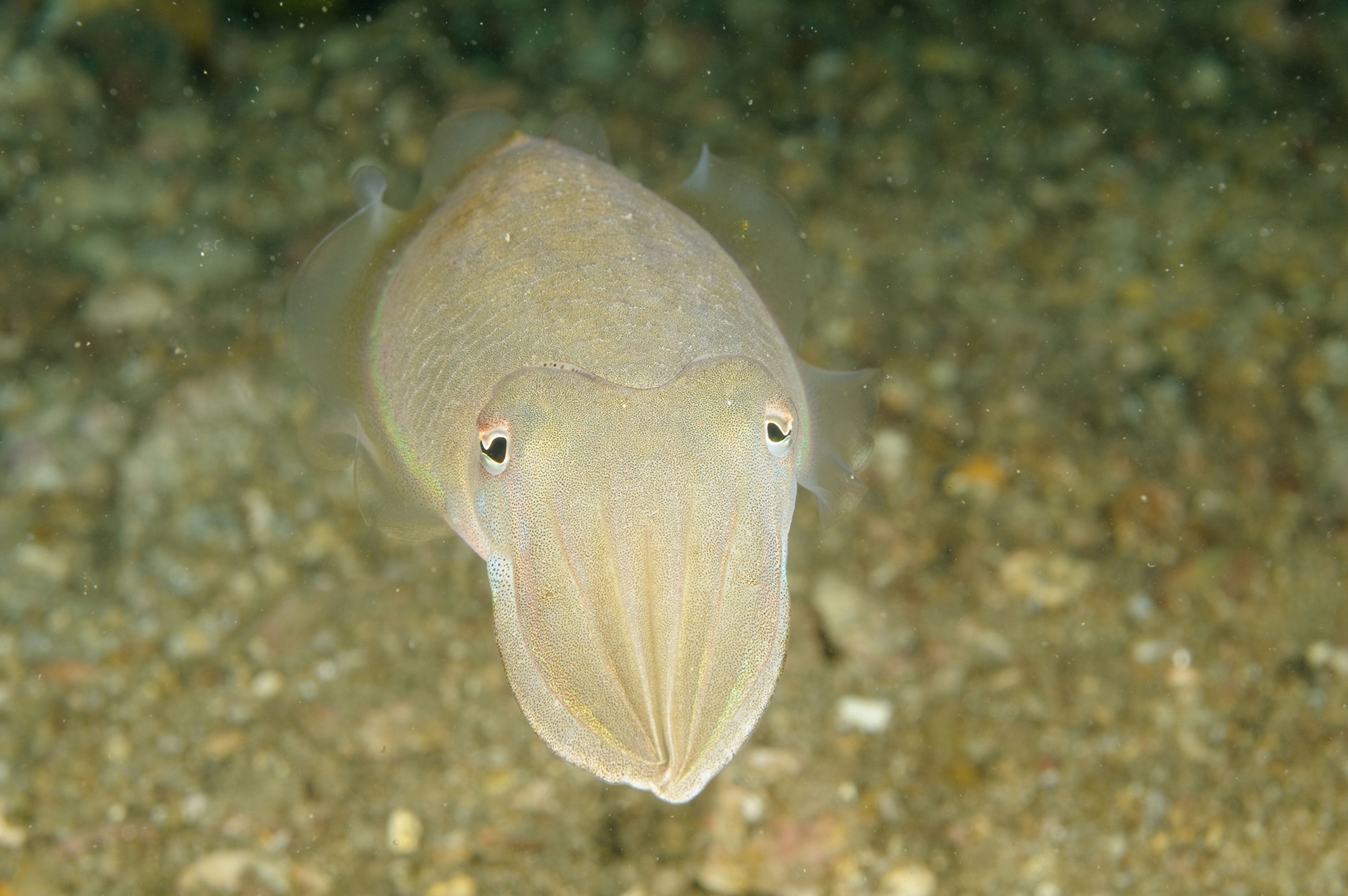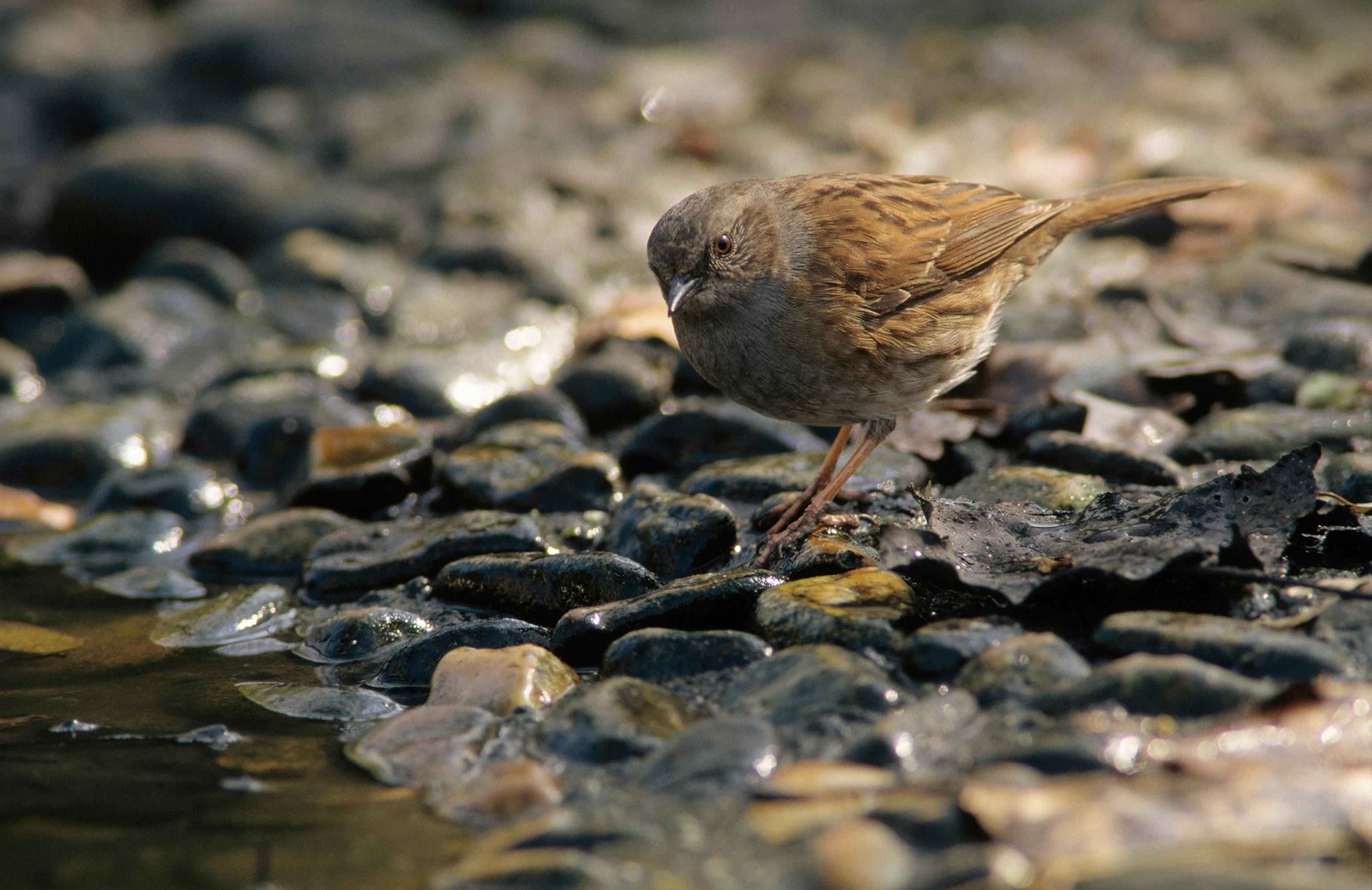Here are the Best Liars in the Animal Kingdom
From sneaky squid to blue jay impressionists, deceit abounds in the animal kingdom.
Nature is brutal, and some creatures have evolved their own sneaky ways of surviving, from mimicking other animals to taking advantage of dutiful parents.
Weird Animal Question of the Week decided to take an honest look at various strategies animals use to deceive each other.
Blue Jay
Birds are among nature's most gifted liars. For instance, “blue jays do a good job of imitating a variety of hawk species,” says Bob Mulvihill, an ornithologist at the National Aviary in Pittsburgh. (Read about why we lie in the new issue of National Geographic magazine.)
The supposed “hawk” causes other birds to scatter, leaving the jays with sole access to bird feeders—and thus an easy meal.
Cowbird
North America's cowbirds produce up to 40 eggs a season, and instead of making their own nests, females sneaks them into other birds’ nests.
“They’re the quintessential bird that does not put all their eggs in one basket,” Mulvihill says. (See "How Snakes, Spiders, and Other Predators Fool Their Prey.")
Though some bird species drive off cowbirds, the endangered Kirtland’s warbler is usually tricked into raising the cowbird babies as its own, a phenomenon called kleptoparasitism.
This is so common and taxing to the adult warblers that it's a major reason why the warblers' have declined, Mulvihill says.
Eastern Gray Squirrel
Eastern gray squirrels of North America will hold a nut in their teeth and pretend to bury it in a variety of places before actually doing so, a tactic to keep other squirrel thieves guessing, according to the National Wildlife Federation.
Any would-be nut bandits then dig up a lot of empty caches before giving up.
Another squirrelly maneuver is to bury a nut and then pile leaves and dirt over another spot that looks like a food cache, but is actually empty.
Cephalopods
Many marine species, such as cuttlefish, have what's called sneaker males, Rebecca Young, a biologist at the University of Texas at Austin, says by email.
“Sneaker males will look like females to avoid being attacked by a larger dominant male,” Young says. While the male guards the nest and the female, the sneaker, whose feminine disguise includes a smaller size and a more mottled coloration, dashes in and fertilizes the eggs.
Australia’s mourning cuttlefish sneaker males can even split their look by changing their coloration on demand. If a cuttlefish sneaker is between a female and another male, it can appear male to the female and female to the male, which fools the male into thinking he's seeing two females instead of a courtship in progress. (What kind of liar are you? Take our quiz.)
In spear squid, sneakers' sperm is tailored for a completely separate sperm reservoir, near the female's mouth. The smaller sneaker males also have bigger sperm than non-sneakers.
Dunnock
Michael Greenfield, an evolutionary biologist with the National Center for Scientific Research in Tours, France, says that deception between members of a species doesn't work if the animal is caught lying.
When a deception is discovered, Greenfield says, it's eventually ignored or avoided by other members of the group, leaving the deceiver with nothing to gain.
Males and females of many monogamous bird species mate with other birds—called extra pair copulations—likely in an attempt to ensure some sort of genetic benefits for their young.
But male dunnocks of Europe and western Asia have wised up to female dalliances. (Related: "Why He Minds the Nest While She Takes More Mates.")
To make sure they're the father of their babies, male dunnocks will peck at the cloaca—or reproductive opening—of females, causing their mates to expel the sperm of other males with which she's mated.
From there to paternity.
Have a question about the weird and wild world? Tweet me, leave me a note in the comments, or find me on Facebook. Weird Animal Question of the Week answers your questions every Saturday.









